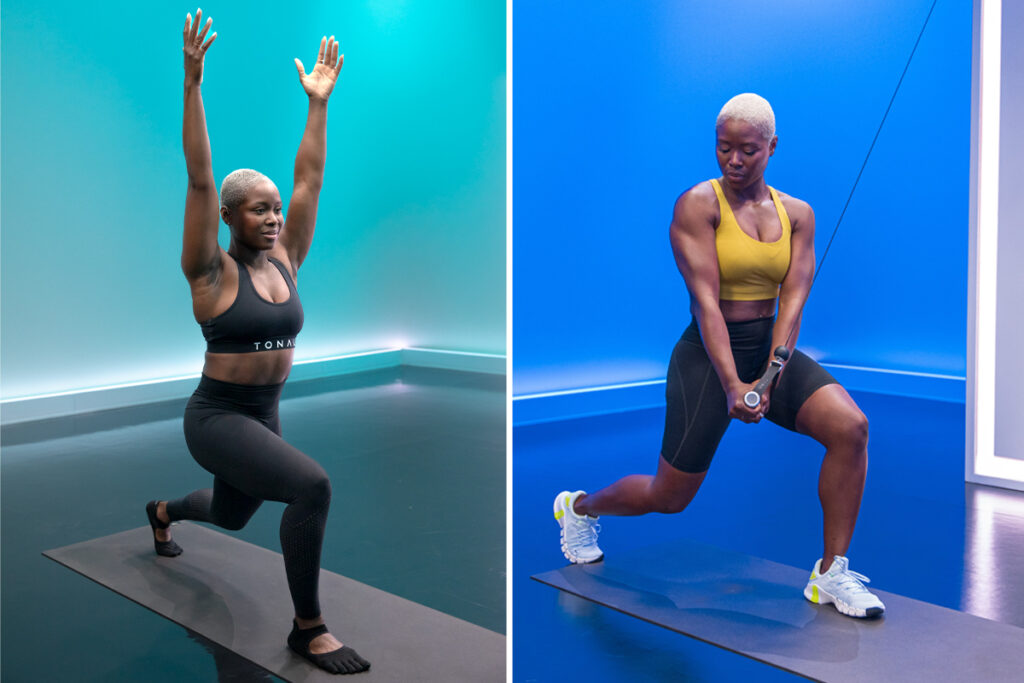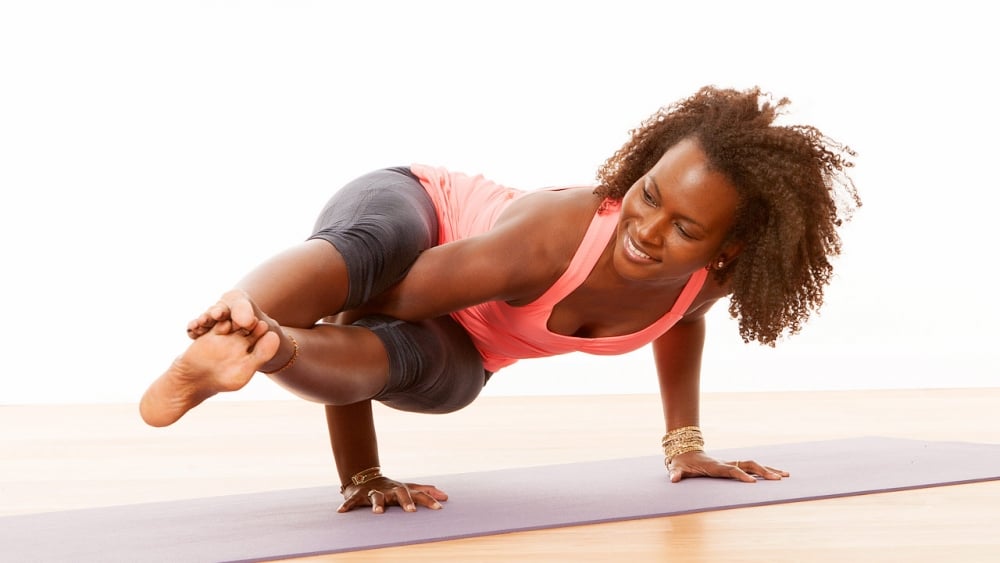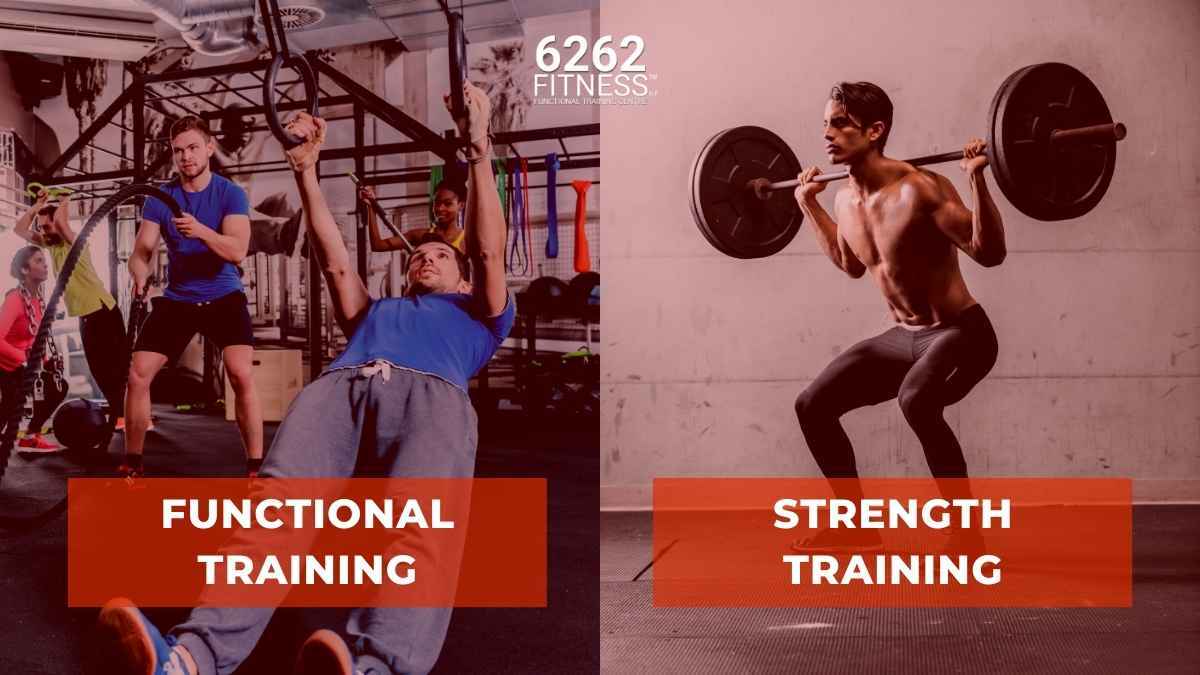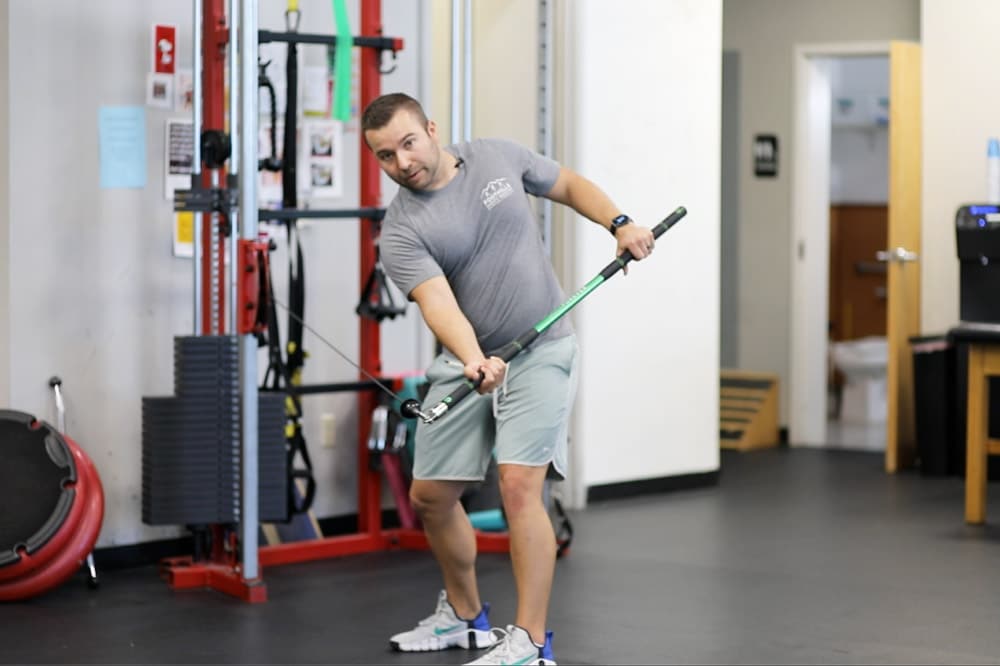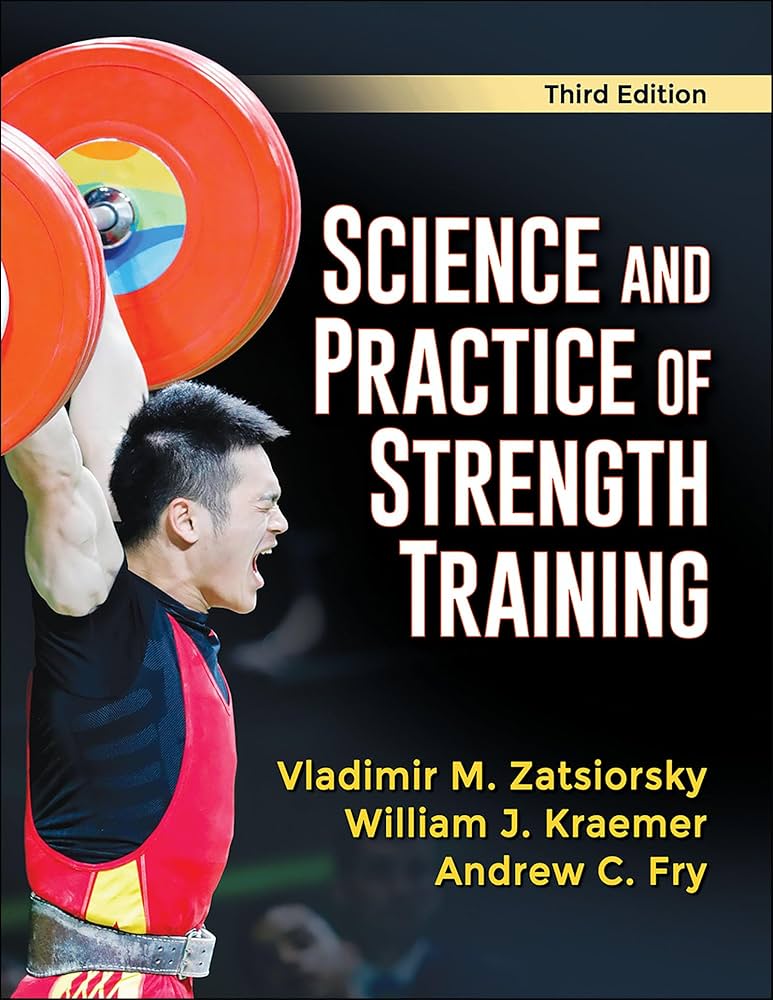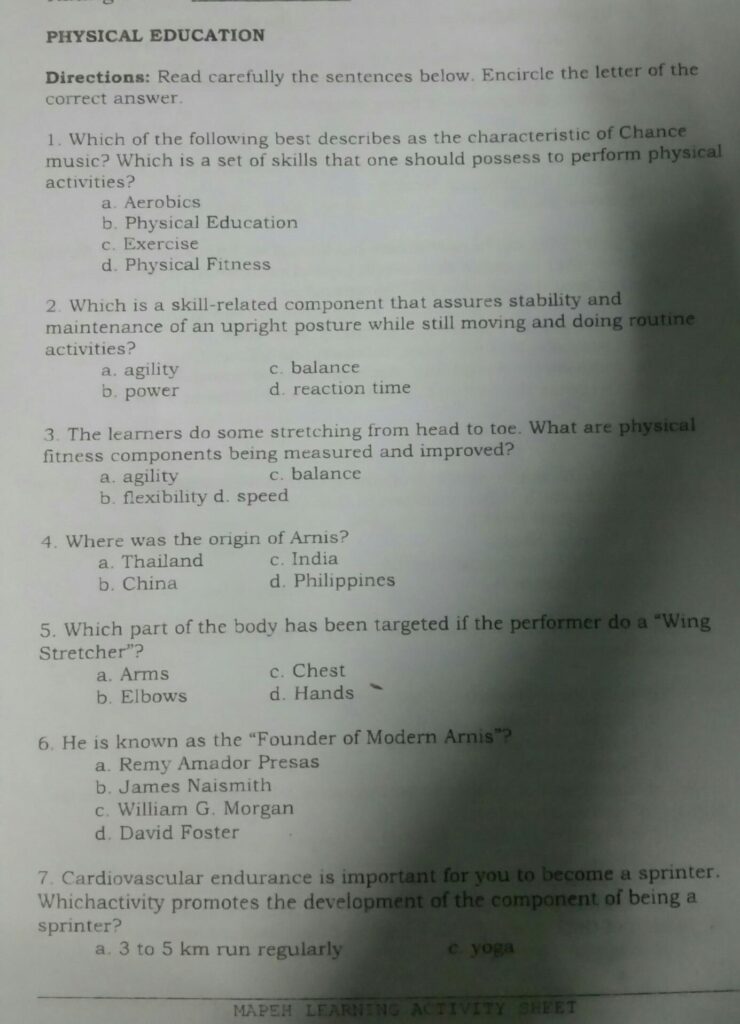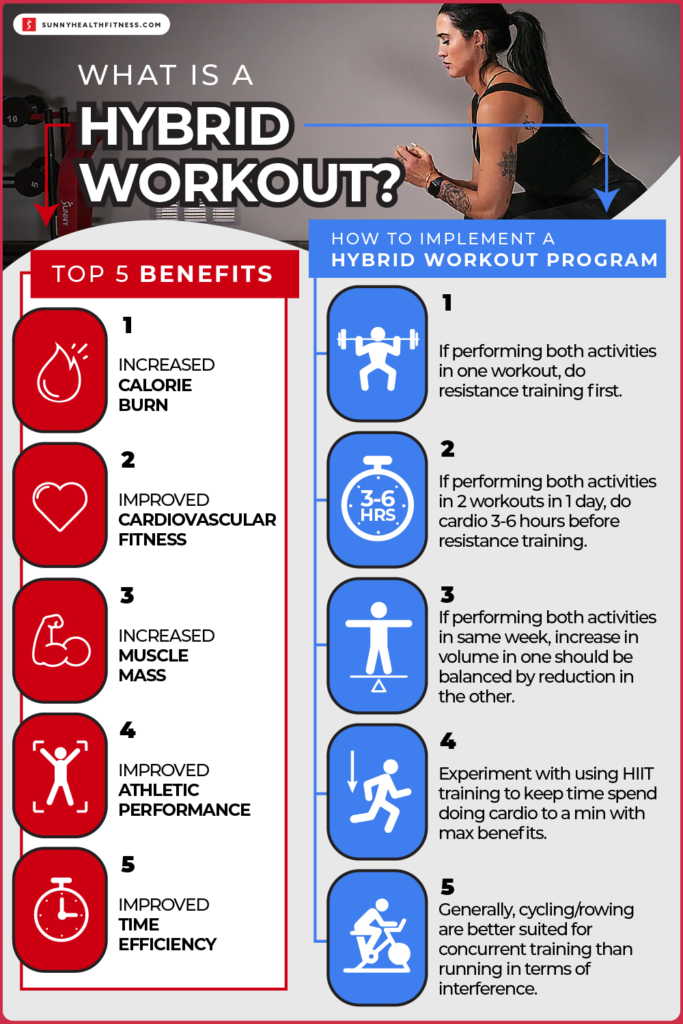Pilates and strength training complement each other. Pilates improves flexibility and core strength, while strength training builds muscle mass.
Pilates focuses on controlled movements, enhancing flexibility, balance, and core strength. It’s excellent for injury prevention and rehabilitation. Strength training, on the other hand, targets muscle growth and increases overall body strength. Combining both forms of exercise provides a balanced fitness regimen.
This blend not only helps in muscle building but also ensures a strong, flexible body. Engaging in both workouts can lead to improved posture, better movement efficiency, and reduced risk of injuries. For an effective fitness routine, integrating Pilates and strength training offers comprehensive health benefits.
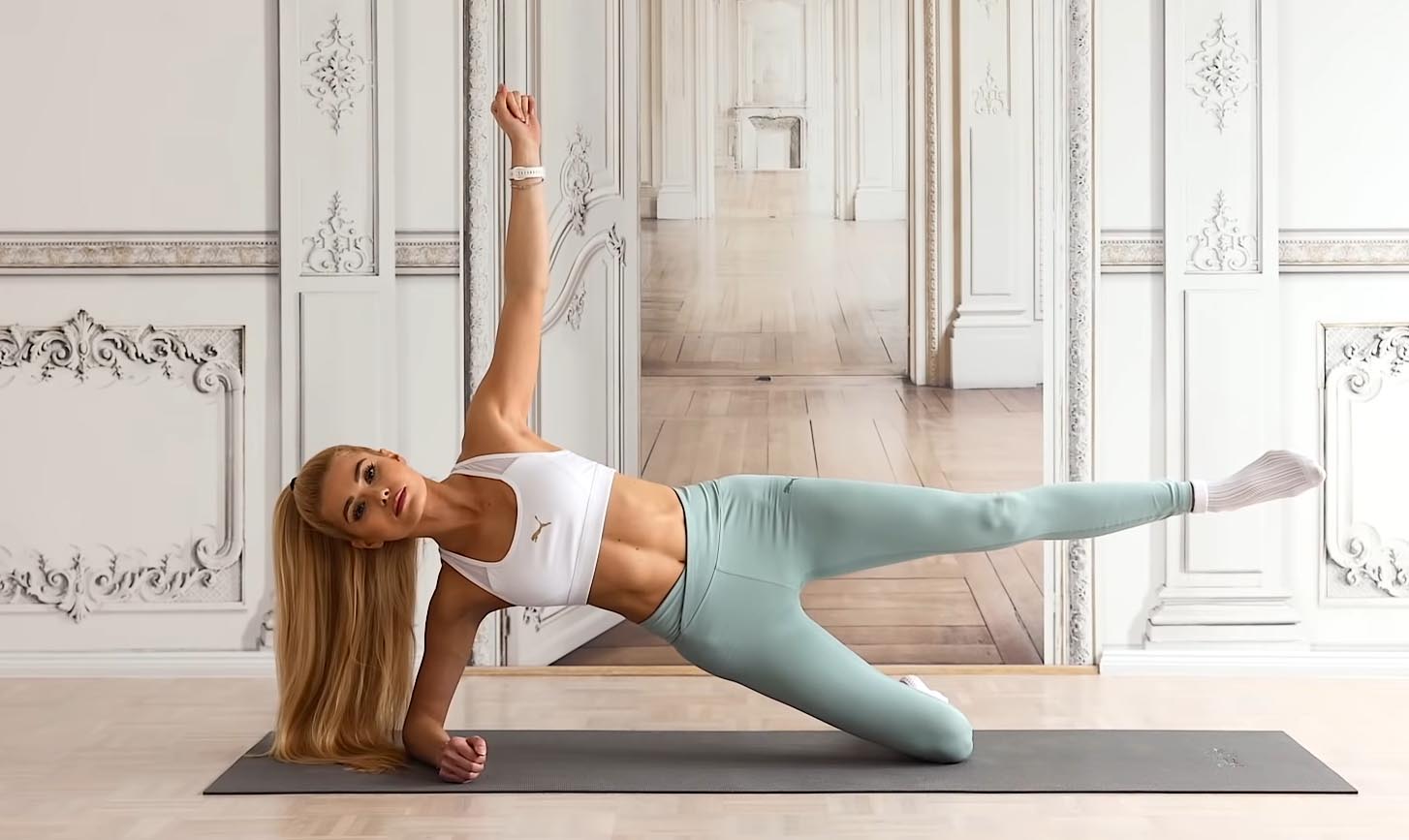
Credit: www.tomsguide.com
Introduction To Pilates And Strength Training
Pilates was created by Joseph Pilates in the early 20th century. He developed it as a form of exercise during World War I. His method focuses on core strength, flexibility, and overall body awareness.
Pilates exercises are usually done on a mat or using special equipment. They help in improving posture and balance.
Strength training involves using resistance to build muscle strength and endurance. This can include weights, resistance bands, or body weight exercises. Common exercises include squats, push-ups, and deadlifts.
Strength training helps in increasing bone density and boosting metabolism. It is important to have proper form to prevent injuries.
Benefits Of Combining Pilates With Strength Training
Pilates focuses on core strength. This helps build a stable core. Strength training targets larger muscle groups. Combining both improves overall stability. A strong core supports other exercises. This reduces the risk of injury. Stability in the core aids in better posture. Better posture enhances daily activities.
Strength training builds muscle mass. Pilates lengthens and tones muscles. Together, they create a balanced physique. Muscles look lean and defined. Combining both maximizes muscle efficiency. Tone and definition improve overall appearance. Improved muscle tone boosts confidence.
Key Principles Behind Pilates
Breath control is crucial in Pilates. It helps to focus and relax. Proper breathing enhances muscle control. It also improves oxygen flow in the body. Inhale through the nose. Exhale through the mouth. This boosts performance and endurance. Breath control also reduces stress and tension.
Precision is key to effective Pilates. Every movement should be exact. This ensures proper muscle engagement. Flow connects one exercise to the next. Smooth transitions keep the body moving. This improves coordination and balance. It also makes the workout more enjoyable.
Understanding Muscle Groups And Their Functions
The major muscle groups are essential for strength training. These include the chest, back, legs, arms, and core. Each muscle group has a unique function. The chest muscles help with pushing movements. The back muscles assist in pulling actions. Leg muscles are crucial for walking and running. Arm muscles include biceps and triceps. They help in lifting and carrying. The core muscles stabilize the body. Working all these groups is vital for balanced strength.
Pilates is great for targeting specific muscles. It focuses on the core muscles. Pilates also strengthens the back and legs. Different Pilates exercises target different areas. For example, leg circles work the leg muscles. Planks are excellent for the core. Back extensions help to strengthen the back. Pilates also improves flexibility and balance. Regular practice can lead to better muscle tone.
Designing A Balanced Workout Routine
A balanced workout includes both Pilates and strength training. Pilates improves flexibility and core strength. Strength training builds muscle and endurance. Mixing these workouts keeps your routine exciting and challenging. Aim for at least two sessions of each per week. Always listen to your body to prevent injury.
Set goals that are specific and achievable. Start with small targets. Gradually increase the intensity and duration. Track your progress to stay motivated. Celebrate small wins to boost confidence. Always prioritize consistency over intensity.
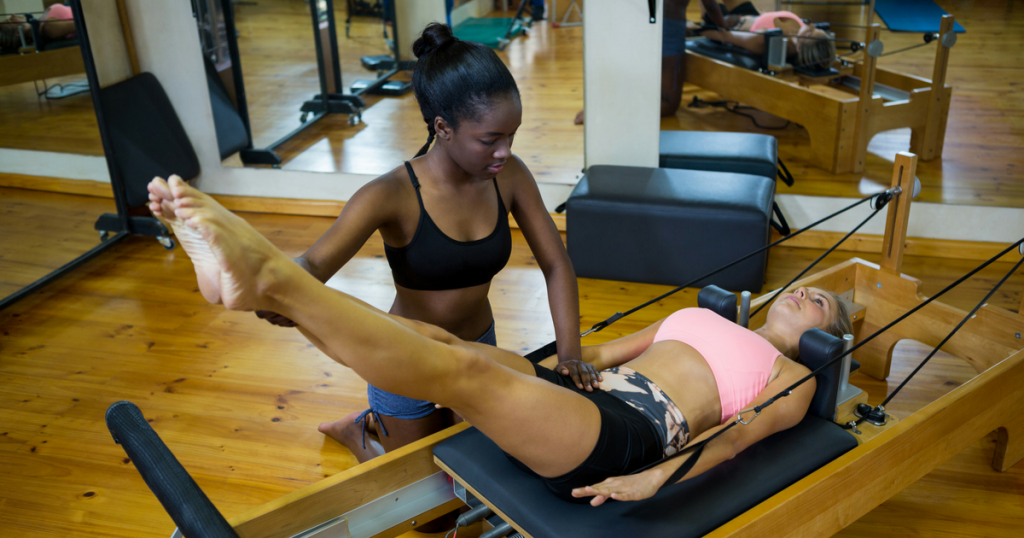
Credit: www.girlsgonestrong.com
Equipment And Accessories For Maximum Benefit
The Pilates Reformer is a versatile machine. It helps with both strength training and flexibility. The machine uses springs for resistance. This allows for a wide range of exercises. The Pilates Mat is essential for floor exercises. A good mat provides support and comfort. It also helps with balance and stability. Both the Reformer and the Mat are key for a complete Pilates workout.
Weights add resistance to your routine. They help build muscle and improve strength. Dumbbells are common in Pilates workouts. Resistance Bands are also popular. They are flexible and easy to use. Bands come in different levels of resistance. This allows for customization based on fitness level. Both weights and bands enhance your Pilates experience.
Safety Tips To Prevent Injuries
Ensure proper warm-up before Pilates and strength training to prevent muscle strains. Maintain correct form and use appropriate weights to avoid injuries.
Proper Form And Technique
Keep your back straight during exercises. Bend your knees slightly to avoid strain. Engage your core muscles to stay balanced. Follow the instructor’s guidance closely. Watch yourself in a mirror if possible. This helps correct your posture. Avoid jerky movements. Move smoothly and with control. Use a mat to prevent slipping. Warm up your muscles before starting the workout. This helps to prepare your body.
Listening To Your Body
Stop if you feel pain. Pain is a sign that something is wrong. Rest if you feel tired. Your body needs breaks to recover. Drink water to stay hydrated. Eat healthy meals to fuel your body. Ask for help if you are unsure. It’s okay to ask questions. Trust your feelings and take care of yourself.
Success Stories: Real-life Transformations
Maria lost 20 pounds with Pilates. Her energy levels went up. She feels stronger every day. John gained muscle using strength training. He loves his new physique. His confidence has soared.
| Person | Before | After |
|---|---|---|
| Maria | 150 lbs, low energy | 130 lbs, high energy |
| John | Skinny, low muscle | Muscular, high confidence |
Maintaining Consistency And Motivation
Keeping track of your progress can be very helpful. Write down your workouts in a journal. Note how many reps and sets you do. Also, write the weights you lift. This will show your improvements over time. Seeing progress can boost your motivation. You can use apps to track your fitness journey. These tools can create graphs and charts for you. They make it easy to see your growth.
Being part of a community can keep you motivated. Find a group that shares your fitness goals. This can be an online group or a local club. Sharing your journey with others makes it more fun. You can exchange tips and encourage each other. Group workouts can also be more enjoyable. They can make you feel less alone in your journey.

Credit: m.youtube.com
Advanced Pilates And Strength Training Techniques
The progressive overload principle involves gradually increasing the intensity of your workouts. This method helps in building muscle strength and improving endurance. Use heavier weights or do more repetitions over time. This keeps your muscles constantly challenged. Always maintain proper form to avoid injury. Track your progress to stay motivated. Make sure to rest and recover properly. This helps muscles grow stronger.
Experienced practitioners can benefit from complex movements. These exercises target multiple muscle groups at once. Examples include plank variations and dynamic lunges. Combining movements makes workouts more efficient. It also improves coordination and balance. Always warm up before starting these exercises. Use a mix of movements to avoid boredom. Challenge yourself, but stay within your limits. Focus on breathing and control during each move.
Frequently Asked Questions
How Do You Split Strength Training And Pilates?
Alternate strength training and Pilates on different days. Focus on strength training 3-4 times a week, and Pilates 2-3 times a week. This allows for muscle recovery and balanced fitness.
How Many Times A Week Should You Do Pilates And Strength Training?
Aim for Pilates 2-3 times a week and strength training 2-3 times weekly for balanced fitness results.
Is Pilates Considered Cardio Or Strength Training?
Pilates combines elements of both cardio and strength training. It focuses on core strength, flexibility, and muscle toning. While primarily known for strengthening, certain Pilates exercises can elevate heart rate, adding a cardio component. It offers a balanced workout that enhances overall fitness.
What Exercise Goes Well With Pilates?
Yoga, swimming, and light weight training complement Pilates well. These exercises enhance flexibility, strength, and overall fitness.
What Is Pilates?
Pilates is a low-impact exercise focusing on core strength, flexibility, and posture.
Can Pilates Build Muscle?
Yes, Pilates can build muscle, especially in the core, legs, and arms.
Is Strength Training Better Than Pilates?
Both have unique benefits. Strength training builds muscle mass; Pilates improves flexibility and core strength.
Can I Combine Pilates And Strength Training?
Yes, combining both can enhance overall fitness, strength, and flexibility.
How Often Should You Do Pilates?
Doing Pilates 2-3 times a week is ideal for most people.
Does Pilates Burn Fat?
Pilates can help burn fat when combined with a healthy diet and regular cardio.
Conclusion
Combining Pilates with strength training offers a balanced approach to fitness. This duo enhances flexibility, core strength, and muscle tone. It caters to all fitness levels and provides holistic benefits. Integrating these workouts can lead to improved posture, better body awareness, and overall well-being.
Start today for a healthier, stronger you.

